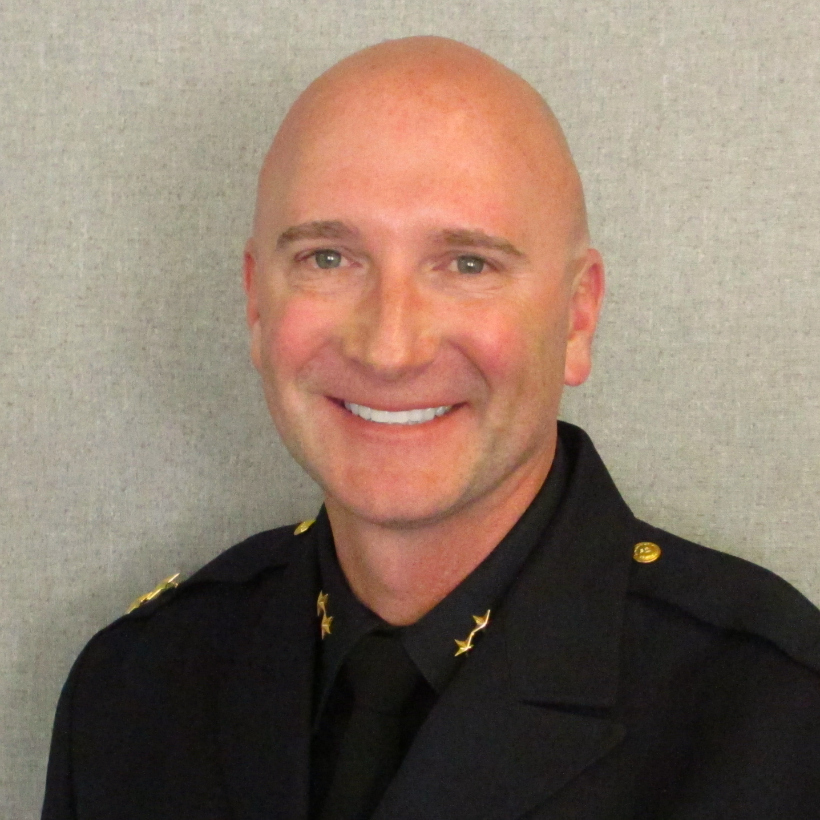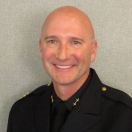
 In the late 1980s the City of Salinas, California reached a tipping point with gangs and gang violence. The gang problem, once a considered a nuisance caused by delinquent kids, had evolved to become a community menace. Gang crimes had evolved from tagging walls with gang signs, drinking, and occasionally fighting to major drug dealing and serious firearms violence. Our murder rate crept steadily upward and the good, hard working families in affected neighborhoods became prisoners in their own homes.
In the late 1980s the City of Salinas, California reached a tipping point with gangs and gang violence. The gang problem, once a considered a nuisance caused by delinquent kids, had evolved to become a community menace. Gang crimes had evolved from tagging walls with gang signs, drinking, and occasionally fighting to major drug dealing and serious firearms violence. Our murder rate crept steadily upward and the good, hard working families in affected neighborhoods became prisoners in their own homes.
In response, I and several other officers were assigned to the newly formed Gang Suppression Unit. We spent night after night patrolling for gangsters and arresting them for whatever we could, from petty crimes to serious felonies. When violence spiked, we simply put more officers on the streets until some relative calm was restored. While other concerned groups and organizations began forming around prevention and intervention efforts, the community at large saw gangs as strictly a criminal problem, and the response was almost solely a law enforcement one. As gangs became more sophisticated, so too became our enforcement efforts. The Salinas Police Department's gang units grew in size and skill, yet the violence persisted; in fact, it got worse. Between 2006 and 2007, the homicide rate in Salinas doubled from seven to 14 per year, then nearly doubled again in 2008 to 25. In 2009 Salinas experienced 29 homicides in a city of about 150,000 people. And all of them, one hundred percent, were gang-related.
Father Greg Boyle, founder of Homeboy Industries in Los Angeles, once said this of enforcement-intensive violence prevention efforts: "It works, but it doesn't help." How right he was. Law enforcement can, with high visibility patrols and aggressive enforcement tactics, create a temporary lull in violence. But this cannot be confused with peace. Arrests and incarceration do not address the causes of violent behavior, they merely address the symptoms and tragic outcomes. Aggressive enforcement, by its nature, also contributes to suspicion and mistrust of the police. The unintentional but inevitable byproducts of aggressive enforcement activity in marginalized communities creates barriers to communication with the police in the best case; in the worst, it can contribute to an environment where the community works against law enforcement and fosters an environment where violence thrives.
That deadly year of 2009 marked another tipping point in Salinas. For the first time, all the players in the field of violence prevention came together in a meaningful way and the Community Alliance for Safety and Peace, CASP, was born. This incredible coalition of law enforcement, local government, faith, education, nonprofits and service providers, with guidance and assistance from the Administration's National Forum on Youth Violence Prevention, developed Salinas' Comprehensive Strategy for Community-wide Violence Reduction. More importantly, the community's fundamental approach to violence reduction efforts changed. The emphasis shifted from enforcement to prevention, intervention and re-entry efforts. The onus for violence prevention shifted from law enforcement to the community.
And the Salinas Police Department's efforts changed. Adopting the Boston Ceasefire strategy, police efforts became narrowly focused on addressing those who were most likely to commit violence in the community. All the gangs in Salinas were offered a choice: stop the violence and accept meaningful assistance toward a violence-free lifestyle, or be prepared to face the full force of the law. Routine gang enforcement patrols were replaced with focused investigations, arrests and incarceration of violent young men who were responsible for the majority of firearms violence in Salinas, contributing to an incredible 66% reduction in shootings and 62% reduction in gang-related homicides between 2009 and 2011. These investigations are supported by a tremendous commitment from our local, state and federal partners who have all committed enforcement resources to our Law Enforcement Operations Center.
Other Salinas Police Officers were taken "off the beat" and assigned to implementation of the Comprehensive Strategy in the Hebbron neighborhood of Salinas. These officers are specially trained in alternative dispositions to arrest, conflict resolution and resource provision. In a neighborhood where the police were once viewed with suspicion and mistrust, the residents of Hebbron now routinely seek out "our officers," bringing their children to meet the officers and inviting them as speakers and resource providers to community meetings and charlas, or chats, held in residents' homes. Even in the face of a 21% reduction in sworn staffing, we at the Salinas Police Department believe that assigning officers to non-traditional roles such as these "CASP Cops" is critical to a comprehensive, community-wide violence prevention effort.
It is a great honor to be nominated as a Champion of Change on behalf of all of the hard working men and women in Salinas who are committed to violence prevention.
Kelly J. McMillin is Deputy Chief of Police at the Salinas, California Police Department and is the department’s representative to the California Cities Gang Prevention Network and National Forum for Youth Violence Prevention.


